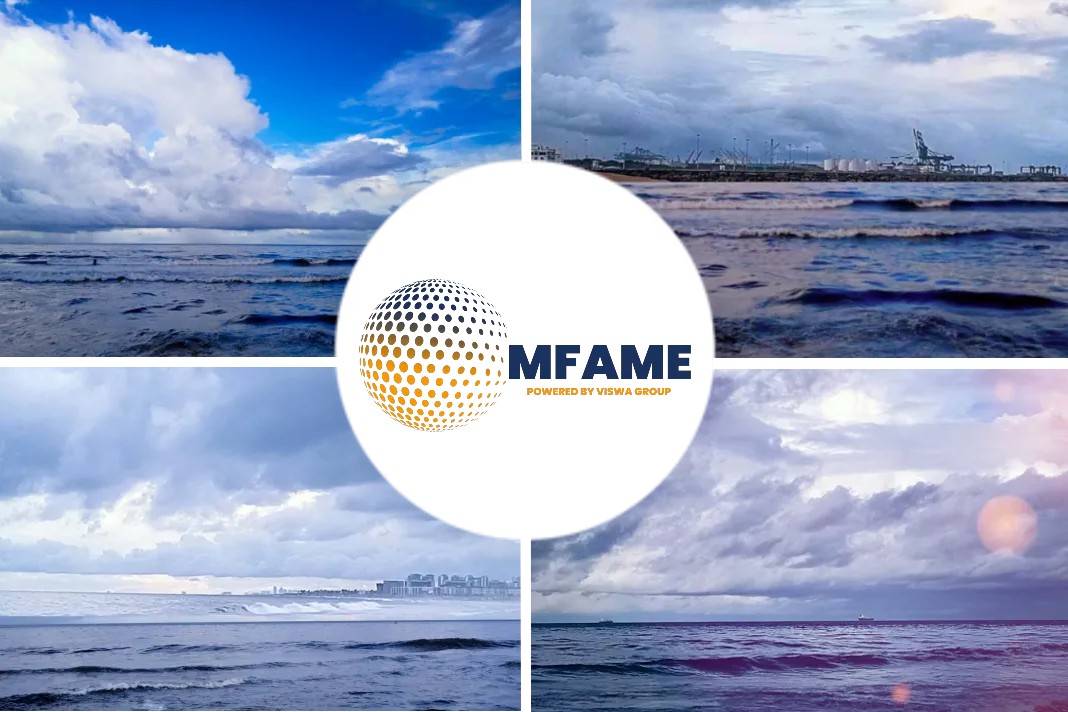In a major development, TOKYO-Mitsui O.S.K. Lines, Ltd. (MOL; President & CEO: Juinichiro Ikeda) and its group company MOL Information Systems, Ltd. (President: Tsuyoshi Yoshida; Headquarters: Minato-ku, Tokyo) has announced that, along with Associate Professor Shunji Umetani (Note 1) of Graduate School of Information Science and Technology, Osaka University, they have successfully developed a vessel allocation plan and cargo loading plan (Note 2) for car carriers based on “mathematical optimization,” (Note 3) one of the fundamental technologies of artificial intelligence (AI), says a press release published on their website.
Helps in Vessel Allocation & Loading
MOL operates about 100 car carriers, and in general, cargo capacity per ship is around 5,000 standard passenger cars. In recent years, transport and logistics patterns of automakers and other shippers have been diversifying, and efficient vessel allocation and cargo loading are absolutely essential to ensure the fleet to operate at peak effectiveness to meet customer needs.
For example, when the vessel is calling several loading and unloading ports, the deck and hold in which cargo is loaded can significantly affect safety of cargo operation and its efficiency. In addition, since the order of cargo loading/unloading and hull balance during the voyage must be taken into consideration, it can take longer to develop a loading plan, depending on the plan’s level of difficulty and the skills of the planner.
This technological advance could allow MOL personnel to complete vessel allocation and loading plans more quickly than ever before.
How was it done?
- In this study, in cooperation with Associate Professor Umetani, two teams developed an algorithm that efficiently generates a proposed plan from an enormous number of combinations by using mathematical optimization.
- Both teams will assess the potential for practical use of the technology, aimed at improving services through digitalization, and significantly shortening the required time to respond to customers when transport volume or the order of port calls changes suddenly.
- The MOL Group continually takes a proactive stance in promoting the practical use and application of ICT and draws upon each division’s specialized knowledge, with the goal of creating a shipping group that is always the customers’ first choice when it comes to transport and logistics.
Associate Professor Shunji Umetani
Associate Professor Umetani earned his Ph.D in Informatics at Kyoto University, and currently works at Graduate School of Information Science and Technology, Osaka University. He is major in mathematical optimization, especially in combinatorial optimization. His work aims to develop powerful tools for solving a wide variety of real applications with “Big data”. He is also actively working on solving real applications using mathematical optimization through collaboration with companies.
Cargo loading plan
Allocation plans for car carriers-which could be thought of as huge, ocean-going multilevel parking garages-requires careful consideration of cargo height, weight, and dimensions, as well as the number of units and loading/unloading ports. Since the vehicles must be driven to and from their loading position, passageways must be clear at the appropriate time. In addition, cargo loading positions (deck and hold) must be adjusted in consideration of hull stability during the voyage and loading/unloading safety. So in many cases, plans must be redrawn in response to sudden changes in the number of units or changes in the order of calling ports.
Mathematical Optimization
Mathematical optimization is one of the representative mathematical methods for decision-making and problem-solving that selects an optimal solution from some set of available alternatives. It is used in a broad range of areas such as investment management, logistics and supply chain, energy management, and scheduling.
Did you subscribe to our daily newsletter?
It’s Free! Click here to Subscribe!
Source: MOL















